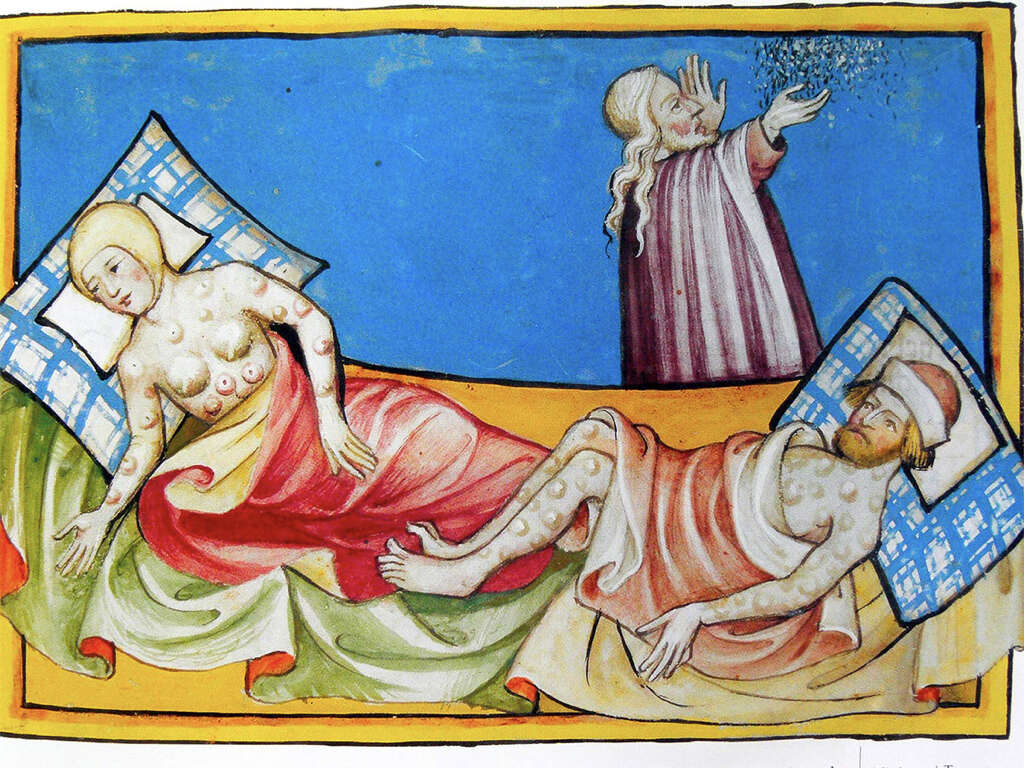What Was the Black Death?
Starting in the year 1346 and lasting until 1353, the Black Death was a pandemic that raged across different sections of the world, killing many in its path and disrupting the lives of many. To date, it is was the deadliest pandemic that has ever been recorded in any part of the world.
While little was known about the Black Death during the time period it was most prevalent, today’s scientists and historians have been able to gather more data on what caused this disease and why it was so lethal. Here is some of the most essential information known about the Black Death.

1. What Caused the Black Death?
The Black Death pandemic is now known to have been the bubonic plague, which is caused by a bacterium called Yersinia pestis. It is thought to have been originally transmitted by fleas who fed on rats infected with this disease. There is debate surrounding the origin country, which was once believed to be somewhere in Asia.
Historians today believe that large populations of rats found on ships and in homes during the mid-14th century were the main cause of the onset of the Black Death. Once an infected rat colony started dying off, the fleas looked for a new host, which was often humans as they lived in close proximity to the rodents.
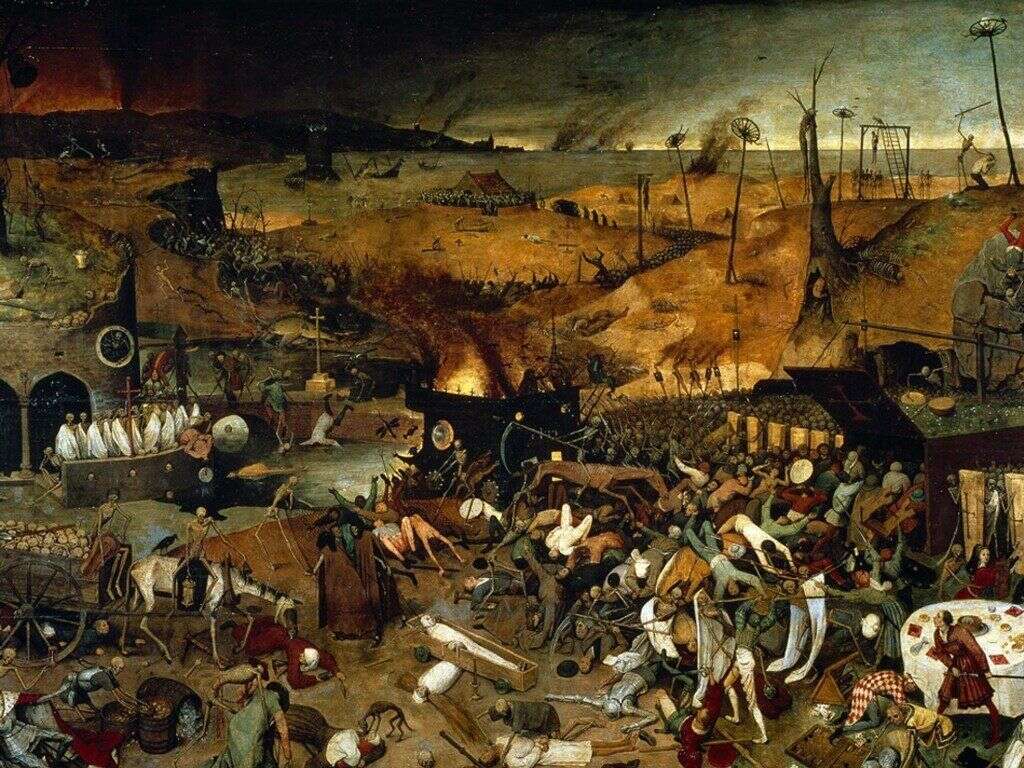
2. What Were the Symptoms of the Black Death?
There are three main ways Y. pestis can affect people who are infected by it, divided into bubonic, pneumonic, and septicemic symptoms. People during the time of the Black Plague likely experienced a combination of all three.
Bubonic plague symptoms are severe and included fever, swollen lymph nodes, achiness, vomiting, and insomnia. Pneumonic symptoms cause fluid to fill the lungs and other symptoms similar to pneumonia. Septicemic symptoms cause internal bleeding and fatigue.

3. How Contagious Was the Black Death?
The black death was incredibly contagious. Small, highly populated towns were the most affected, while those in the countryside had fewer cases. In some cities, much more than half of the population had the plague at some point.
While fleas were one way the plague was spread, people could also become contaminated from bodily fluids and the bacteria was likely airborne as well. While flea bites likely caused bubonic or septicemic symptoms, coughing could spread the pneumonic version.

4. How Many People Were Killed by the Black Death?
Not only was the Black Death incredibly contagious, but it was also very lethal. It is said that some people would go to sleep feeling sick and would be found dead in the morning. In fact, 80% of people who contracted the disease would die within eight days.
In Europe, it is estimated that somewhere between 25% and 50% percent of the population died. Some areas had even worse numbers, with 60% of people in Florence and as much as 80% of people in Normandy dying from the plague.

5. How Did 14th Century Doctors Try to Cure the Black Death?
Unfortunately, Medieval cures for the Black Death were ineffective, as very little was known about the condition or germ theory in general, and superstitious beliefs were still prominent during this time. Of all the methods used to control the plague, quarantine was the only effective one.
Other ways doctors attempted to cure infected individuals included various potions and pastes incorporating herbal remedies. They also tried bloodletting, fumigations, and animal cures, including strapping a bare chicken on swollen nodes.
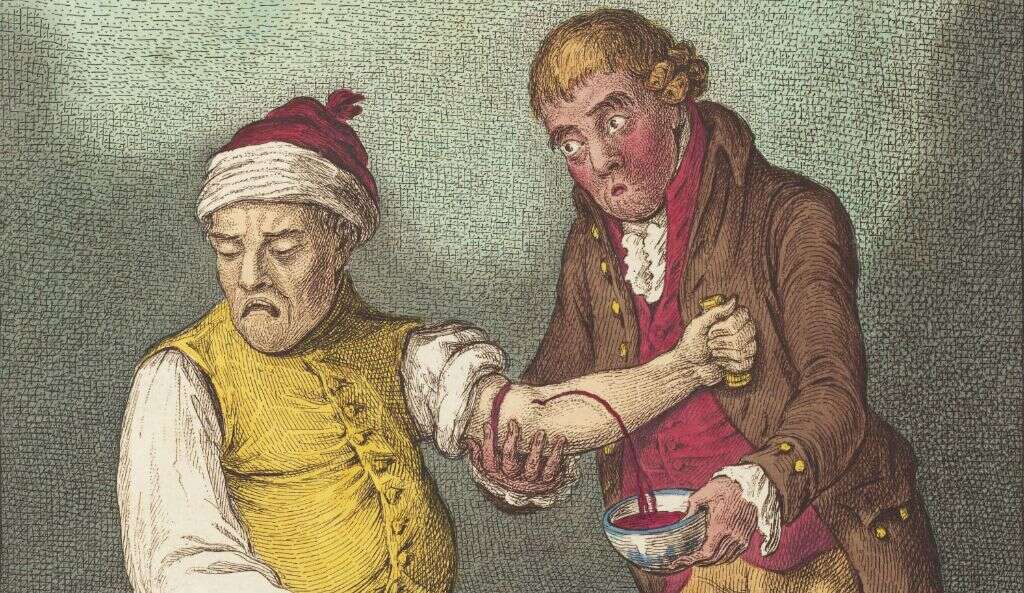
6. What Countries Were Affected by the Black Death?
The Black Death primarily affected the continent of Europe, with Italy, France, and England all being hit. It is believed the disease first originated in Asia, with outbreaks starting in China, Egypt, India, Persia, and Syria. The disease then reached the Mediterranean through ships and continued to spread from there.
After reaching Europe’s shores, the plague started making its way through the population and reaching more northern countries, including the present-day areas of Austria, Hungary, Germany, Switzerland, and Russia. Since the plague reached these countries at different times, the timeline of how it progressed varied.
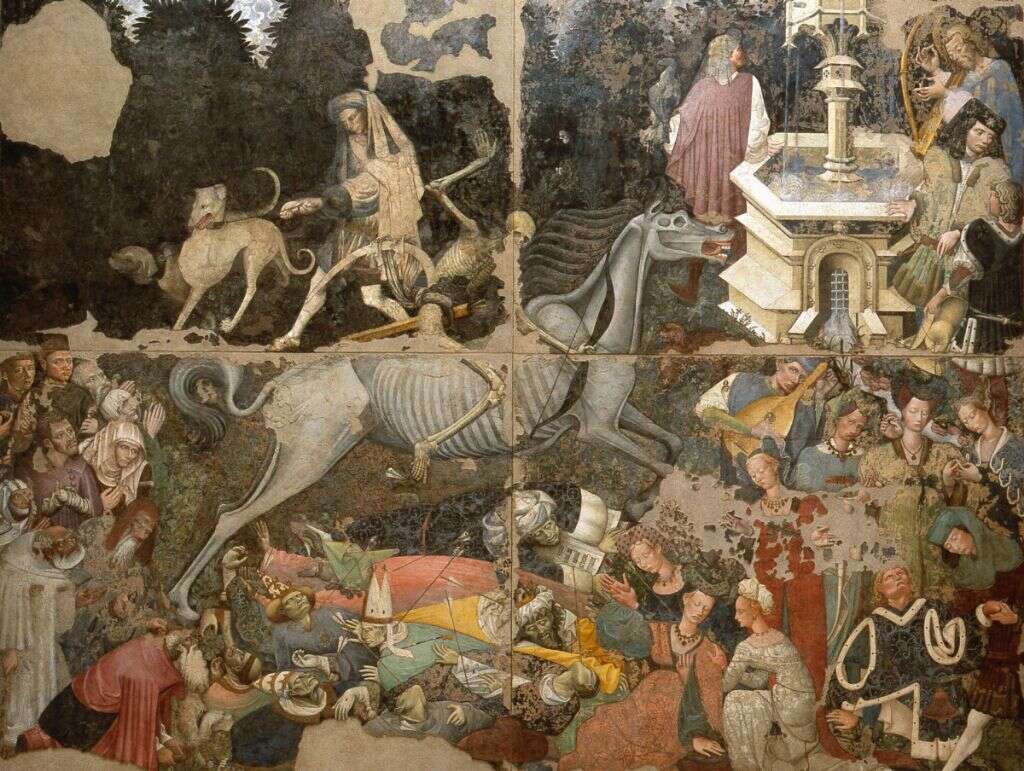
7. What Were the Effects of the Black Death on Society?
In addition to the major loss of life and suffering, the Black Death caused major economic problems in every country it touched. Many land and business owners experienced labor shortages. Some wars were stalled due to the pandemic.
Anti-Semitic sentiments increased in parts of Europe as many blamed the Jews for the disease, leading to the death of many Jews due to mob violence. Many of these beliefs originated from ideas that the plague was a punishment from God. This led to flagellant processions, where people would beat themselves as a form of penance to receive forgiveness.

8. Were Animals Affected by the Black Death?
The plague did not just affect humans, it infected animals as well. In fact, whole colonies of rodents were wiped out by it. This caused the most significant issue in crowded cities and towns, as fleas looking for new hosts carried the disease from rats to humans.
However, some countryside villages were also impacted by the plague due to smugglers and traveling merchants spreading the disease. Sheep and cattle were especially affected, causing farmers to lose livestock and even causing a wool shortage.
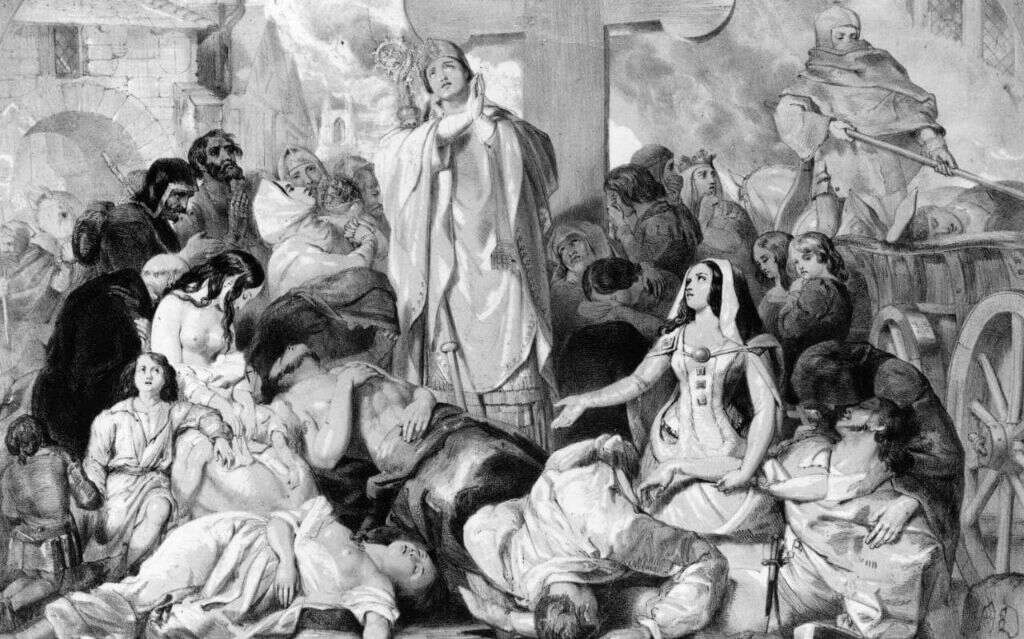
9. What Caused the Black Death to End?
While the exact reason why the Black Death declined around 1351 is not known, quarantining the sick and developing more modern medical treatments are thought to have played a part, as people began to look for scientific rather than religious causes for the condition. Sailors were held on ships for up to 40 days before being able to return to land. The evolution of genetic immunity is thought to have played a role as well.
The plague did not end neatly, and several outbreaks continued to start in various parts of Europe. There were large incidents in Europe as late as 1665, and Russia and the Ottoman Empire were still battling the plague in the 1800s.

10. Does the Black Death Still Exist Today?
While the Black Death does not cause as much death and destruction as it did in the 14th century, the bubonic plague does, in fact, still exist today. A few cases present themselves in various countries across the world annually, but antibiotics are useful for combatting the disease.
Medical professionals and government authorities take caution every time the plague presents itself. Fortunately, with modern medicine, there is a clear protocol and often positive diagnosis for the condition, as so much more is known about how it is spread and can be treated.




